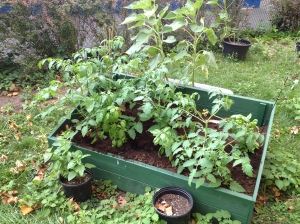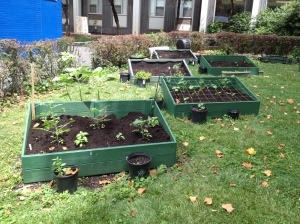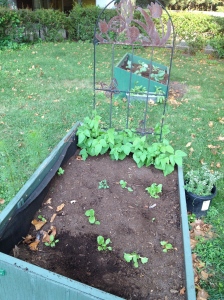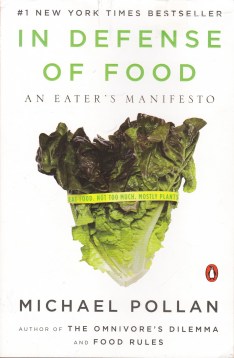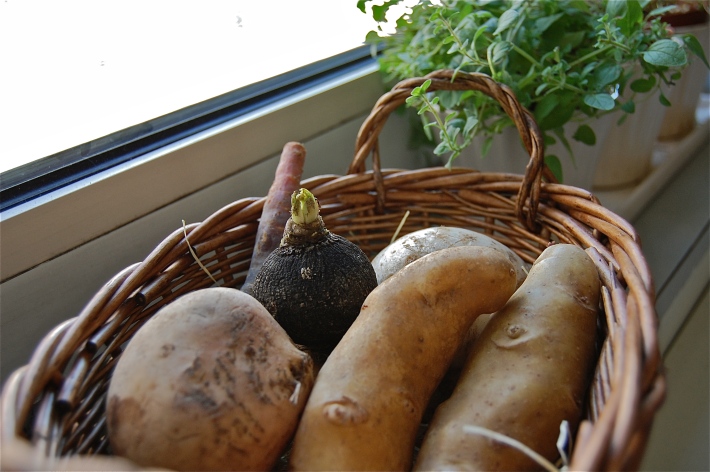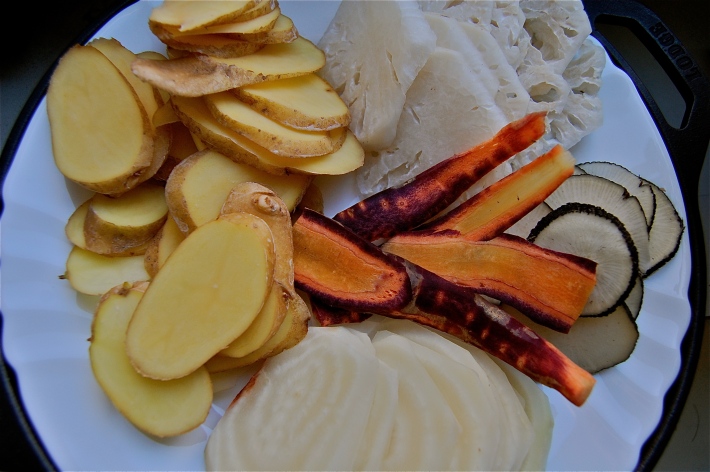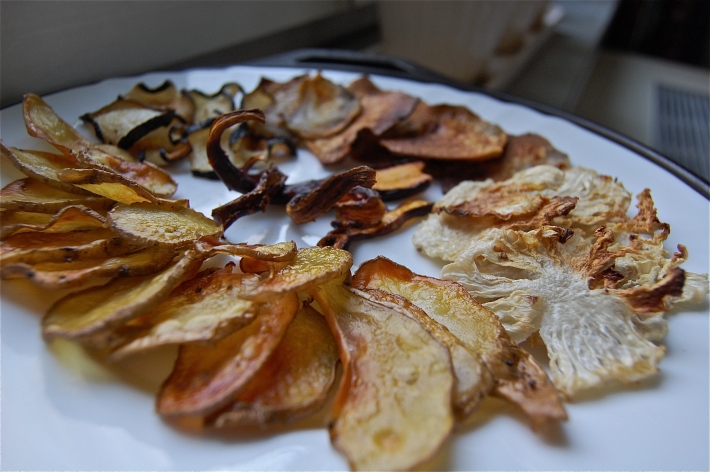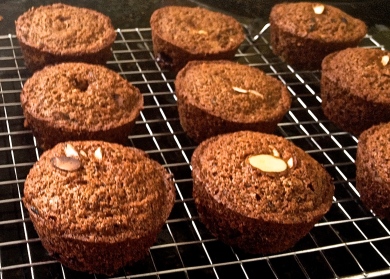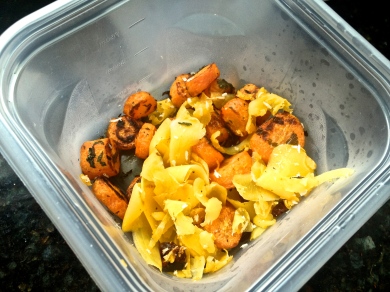It’s that time of year again. The air is becoming cold with the anticipation of snow and the windows warm with the glow of fluorescent bulbs. It’s winter and even before Thanksgiving plates were cleared this past week, New York went into full Christmas swing. But as window displays, panicked shoppers, and yummy peppermint themed products become prominent, there is something missing – the little bit of nature that we city dwellers hold on to so dearly. The occasional fall foliage fades, leaving spindly trees bare in the park and scattered flowers say goodbye till next year. The big tree at Rockefeller is just not going to cut it.
How to solve this problem? What about a windowsill garden? CommAg has discussed starting a network of window gardens, and my roommates and I are giving it a try. It’s proved…moderately successful (kind of). Our downfall can be blamed partially on our lack of knowledge, but definitely on our lack of plant watering skills as well.
Anyway, in an effort to re-motivate myself (and now you as well!) I have compiled some tips about makeshift window gardens.

(check out our pretty pepper plant dried flowers)
First off, what should one grow on a windowsill garden?
My roommates and I have tried a myriad of different herbs, which have been pretty successful, as well as a decorative mini-pepper plant, some surprisingly robust Moroccan mint that has been going since the beginning of the semester, and an attempted avocado that never was. Of course you will want to add some flowers too, in pretty vases or maybe wine bottles. It is a garden after all, it should be pretty, right? Plus, when those flowers inevitably die they will become wonderful dried wall decor.
Additionally, it’s recommended that you grow herbs that won’t crowd each other, ones that won’t grow too tall or too wide – chives, lavender and thyme being good examples. Mint won’t get too out of hand either, but is anti-social and can’t be put in the same pot as other herbs.
What are some other things you should know before starting your brand new, lush windowsill garden?
1. Sun. Well, perhaps most obviously, you need a sunny windowsill – preferably South/Southeast facing, anywhere that gets at minimum 5-6 hours of sun a day. You could also look into purchasing grow bulbs – available on Amazon.
2. Buy your plants. I recommend purchasing plants rather than seeds. It’ll be a little pricier, but buy at the Union Square Greenmarket and you’ll get great quality and the satisfaction of supporting good people. Seeds will take a lot more time and are more likely to be forgotten and neglected in the corner of your room. Also, not all herbs grow from seed very well, and actually its often recommended that instead you start with cuttings (literally a little piece of herb cut from an already established plant). If you’re feeling adventurous, you could experiment with cuttings – its not complicated. Here’s a link to starting rosemary from a cutting to get you started.
3. Get the right container. Make sure your container is big enough! About 6 – 12 inches deep. And more herbs in one pot = a bigger pot. Seeds can be started in a small pot and eventually transferred to a larger one. If more potting soil is needed, you can get a really great mix from the compost collection table at the Union Square Greenmarket for $6-$12.
4. Water. This was our downfall. Just remember to water them. Google it, figure out how much water your specific herbs need and then water them this amount no matter what, or else I promise (from personal experience) they will die. But also make sure that they get good drainage. Too much water can be just as detrimental as too little. Just watch your plants closely – they will tell you when they are thirsty.
5. And finally, EAT THEM. These herbs don’t just exist to be checked off your bucket list – they are fully functional (and delicious). Experiment with different mints to be used in your tea. Add them to salads, pastas, and homemade dressings! Basil is good on everything in my opinion. Feeling adventurous? Get creative then, these fresh herbs won’t last forever so use this as an excuse to go on a daring chefs binge. Lavender can be an especially yummy culinary tool – a new flavor added in to shortbread, cupcakes, and glazes – or used to spice up your seasonally appropriate hot chocolate (because everyone should be drinking hot chocolate at least from now until December 25).
And on that note – get creative with the garden too. If you frequent Pinterest as much as I do you have probably seen these adorable pictures of plants growing in tea tins. Genius!

(you would water your plants if they looked like this)
Of course, winter break is coming up so one last helpful tip – wait till after break to start your garden. Your plants need attention and care and can’t be left to fend for themselves in an empty dorm for five weeks. Use this time to plan and inspire yourself, so that you are ready to start your own personal paradise when you return! I know I will (perhaps even re-doing the failed avocado tree? There might be more to come on that…)
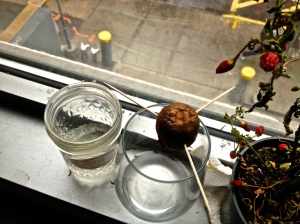
(our failed avocado plant…maybe more on that to come…)


